CNC Machining vs Traditional Machining: Which is Right for Your Project?
When you start a manufacturing project, one of the most important decisions is choosing how to make your parts. The two most common methods are CNC machining and traditional machining. Each method comes with its own benefits and is better suited for certain types of jobs. Understanding these differences can help you pick the right option for your project, save time, reduce waste, and improve the quality of your final product.
What is CNC Machining?
CNC machining, or Computer Numerical Control machining, is a modern technique where machines are controlled using a computer program. These machines can shape, cut, and drill metal or plastic into the exact design needed. Instead of a human operating the machine manually, the instructions are programmed into the system. Once set up, the CNC machine runs automatically with high precision.
CNC machines can make very detailed and complex parts again and again with almost no error. This is ideal when you need to produce many identical parts, such as in the automotive, aerospace, or electronics industry. Because the process is automated, it’s faster and more consistent than manual methods.
Read in detail about the CNC machine and how it works in our separate blog.
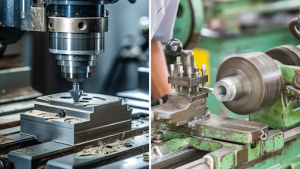
What is Traditional Machining?
Traditional machining uses manual tools operated by skilled workers. This includes lathes, mills, and drills that require the machinist to move and control the cutting tools by hand. In traditional machining, the outcome largely depends on the operator’s skill and experience.
This method is best when you only need a few parts, or when the design is simple and doesn’t need high precision. It allows the machinist to make adjustments on the spot, which can be helpful during repairs or prototyping. However, it takes more time and is not always suitable for complex or repeated production.
Precision and Accuracy
CNC Machining Offers Consistent Precision
One of the biggest benefits of CNC machining is extremely high precision. Once a design is uploaded, the machine follows the code exactly, every single time. This leads to consistent parts that are nearly identical, which is very important in industries like aerospace or electronics, where a small error can lead to big issues.
CNC machines can reach tolerances as tight as 0.001 inches, which is almost impossible to achieve with human hands alone. This level of accuracy is essential when working with components that need to fit together perfectly.
Learn more about Kirmell’s CNC machining process through the brochure and how we ensure tight tolerances for every industry. Contact us today to get a quote.
Traditional Machining Depends on Human Skill
While skilled machinists can create accurate parts, there’s always a risk of variation. Even a small shake in the hand or a measurement error can affect the outcome. For small jobs or prototypes, this might be acceptable, but for mass production or tight specifications, it’s a risk.
Speed and Efficiency
CNC Machining is Much Faster for High Volumes
Speed is one of CNC machining’s strongest features. Once programmed, a CNC machine can run continuously, 24/7 if needed, with minimal supervision. This leads to faster turnaround times, especially for projects that need hundreds or thousands of parts.
The automated system also reduces the need for manual labour, which means parts can be completed more quickly and efficiently, saving both time and cost in the long run. At Kirmell, we use state-of-the-art CNC machines to deliver precise, high-volume production at competitive speeds, ensuring your project deadlines are met without compromising quality.
Traditional Machining is Slower but Flexible
Manual machining takes more time because each cut or operation must be performed by hand. Setting up the machine, measuring, and adjusting are all done manually. This makes traditional machining slower and more labour-intensive, especially when producing many parts.
However, for one-time parts or repairs, the slower pace might not be a problem. It actually allows more attention to detail in certain cases.
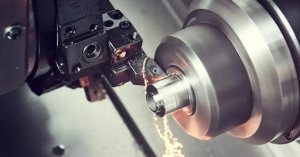
Flexibility and Customisation
Traditional Machining is More Adaptable for Custom Jobs
One of the main advantages of traditional machining is its flexibility. Machinists can adjust or change the process mid-way based on what they see. This is perfect for repair work, prototypes, or one-off parts, where unexpected changes can happen.
There is no need to rewrite a program; the machinist simply makes the changes manually. This can save time in certain low-volume jobs.
Explore how metal fabrication plays a role in traditional machining.
CNC Machining is Less Flexible but Great for Repetition
CNC machines require a full program to be written for each new part. If a change is needed, the program has to be updated and tested again. This makes CNC machining less adaptable during the process, but much better for making identical parts at scale.
Once the programming is done, though, CNC machines can repeat the job perfectly without any extra setup.
Cost Comparison
CNC Machining Has Higher Setup Costs
CNC machines are expensive and require software, skilled programmers, and trained operators. The setup time and cost can be high, especially for small projects. But once that investment is made, the cost per part becomes much lower when producing in bulk.
If you need thousands of parts, CNC is more cost-effective in the long run because of automation, less waste, and faster production.
At Kirmell, we offer advanced CNC machining services for clients who need precise, repeatable parts at scale. Whether you’re producing custom components or high-volume parts for industrial use, our team ensures both quality and efficiency.
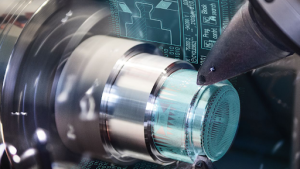
Traditional Machining Has Lower Start-Up Costs
Traditional machines are cheaper, and you don’t need a programmer. The costs are mainly based on labour and time. This is fine for small or custom projects, but if you need large quantities, the cost per unit becomes higher due to longer time and higher labour costs.
So, the right choice depends on your volume and budget.
Here is a table that summarises the differences between conventional machining and CNC machining:
| Feature | CNC Machining | Traditional Machining |
| Operation | Computer-controlled, automated | Hand-operated, manual control |
| Precision | Extremely high (up to 0.001 inch tolerances) | Depends on machinist skill; lower consistency |
| Speed | Fast for large batches; runs continuously | Slower due to manual processes |
| Flexibility | Best for repetitive tasks; needs reprogramming to adapt | Great for custom jobs and prototyping |
| Setup Cost | High initial cost but efficient in bulk | Low setup cost, higher labour expense at scale |
| Labour Requirement | Minimal supervision needed | Skilled operators are needed throughout the process |
| Ideal For | Mass production, precision parts, complex shapes | Repairs, one-offs, simple designs |
| Programming | Requires CAM software and coding | No programming needed |
Is CNC Machining Better Than Traditional Machining?
Choosing between CNC machining and traditional (manual) machining really depends on what your project needs. Both methods are used to turn raw materials like metal or plastic into finished parts. But the main difference is how they work: CNC machining is computer-controlled, while traditional machining is done by hand.
In multi-axis CNC machining, machines can move in multiple directions at once, making it easier to create complex shapes with high precision. This gives CNC a big advantage when it comes to accuracy, speed, and efficiency, especially for bigger jobs or when you need the same part made over and over.
On the other hand, traditional machining might be a better choice for simple, one-time projects or custom work that doesn’t require automation. It’s often quicker to set up for small tasks and can be more cost-effective for low-volume work.
But if you need high-quality results, tight tolerances, or mass production, CNC machining is usually the better option. It reduces errors, saves time, and can handle complex designs with ease.
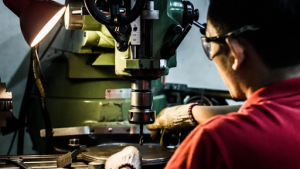
Kirmell’s CNC Machining Services
At Kirmell, we provide state-of-the-art CNC machining services for commercial, industrial, and heavy-duty projects. Our experienced team helps clients across multiple industries choose the right machining method based on their needs.
We use the latest CNC equipment to deliver precise, consistent, and affordable solutions for projects of any size. Whether you’re in automotive, aerospace, or heavy manufacturing, we make sure your components are built to perfection.
Need expert help for your project? Contact Kirmell today for a free quote or consultation.
Conclusion
Choosing between CNC and traditional machining isn’t always easy. If your project demands precision, high speed, and mass production, CNC is the best choice. But for custom parts, repairs, or small-scale work, traditional machining is still valuable.
Both have their place in modern manufacturing, and the best approach often depends on your specific goals. By understanding the differences, you can make a smart, cost-effective decision that helps your project succeed.
FAQs
Is CNC machining always better than traditional machining?
Can I switch from traditional to CNC midway in a project?
Is CNC machining more expensive?
What industries benefit most from CNC machining?
Why should I choose Kirmell for CNC machining services?


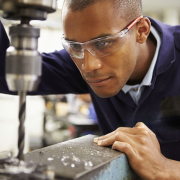
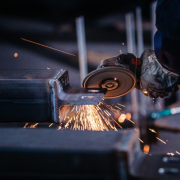
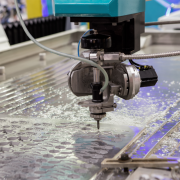
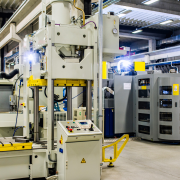

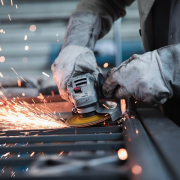
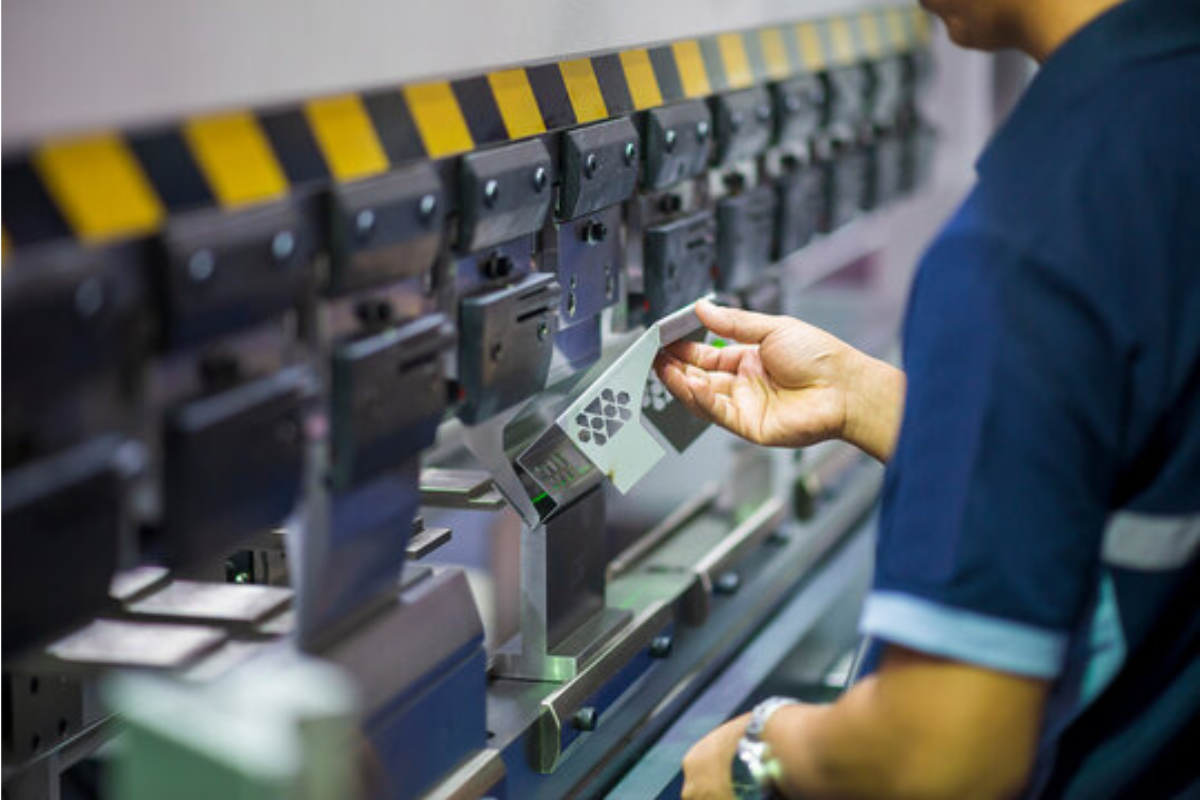



Leave a Reply
Want to join the discussion?Feel free to contribute!